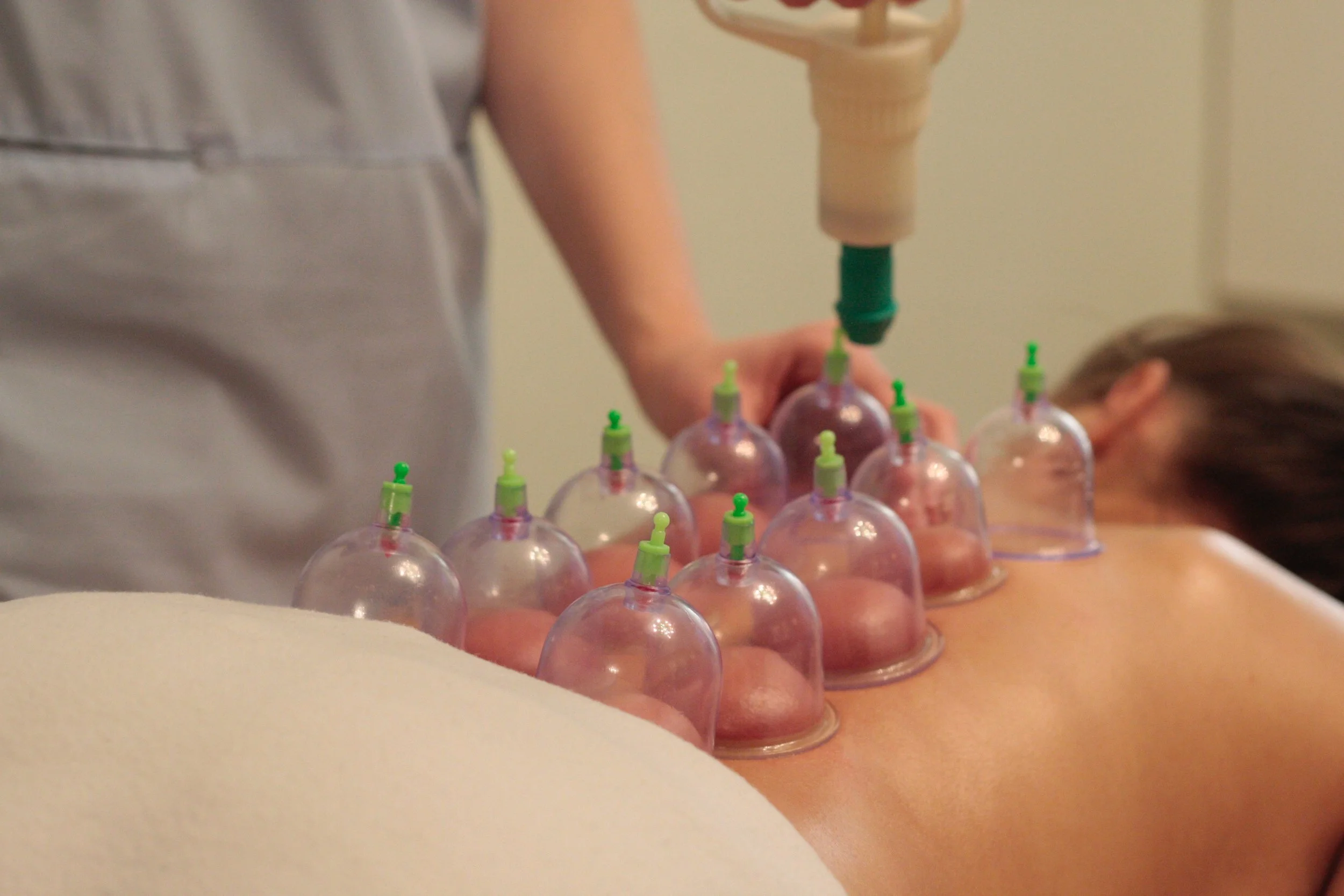Cupping Therapy: History, Types, and Use Cases in Traditional Chinese Medicine
Cupping therapy is a traditional healing technique that has been used in Traditional Chinese Medicine (TCM) for thousands of years. It involves placing cups on the skin and creating a vacuum to stimulate blood flow and promote healing. Here is a breakdown of the history, types, and use cases of cupping therapy:
History:
Cupping therapy has been used in TCM since ancient times. The first recorded use of cupping dates back to the Han Dynasty (206 BC – 220 AD) in China. It was also used in ancient Egypt, Greece, and Rome. Cupping was initially done using animal horns, bamboo, and pottery. However, over time, glass cups became the preferred method.
Types:
There are several types of cupping therapy, including:
Dry cupping: This is the most common type of cupping. It involves placing cups on the skin and creating a vacuum by either heating the cups or using a pump.
Wet cupping: This involves making small incisions on the skin before placing the cups. The vacuum created by the cups draws out small amounts of blood.
Fire cupping: This involves heating the cups with fire before placing them on the skin.
Silicone cupping: This is a modern type of cupping that uses silicone cups instead of glass or bamboo cups. The cups are flexible and can be easily manipulated for a better fit.
Use cases:
Cupping therapy is used to treat a variety of conditions, including:
Pain: Cupping can be used to relieve muscle and joint pain, especially in the back, neck, and shoulders.
Inflammation: Cupping can help reduce inflammation by increasing blood flow to the affected area.
Respiratory problems: Cupping can be used to treat respiratory problems, such as asthma and bronchitis.
Digestive problems: Cupping can be used to treat digestive problems, such as constipation and diarrhea.
Skin conditions: Cupping can be used to treat skin conditions, such as eczema and acne.
It's important to note that cupping therapy should only be done by a trained and licensed practitioner to avoid injury or other adverse effects.
Sources:The American Acupuncture Council. (2018). The History of Cupping Therapy. https://acupuncturecouncil.com/the-history-of-cupping-therapy/Gudmestad, A. (2017). Cupping Therapy: An Overview from a Modern Medicine Perspective. Journal of Acupuncture and Meridian Studies, 10(5), 265-267.Yoo, S. S., & Tausk, F. (2018). Cupping: East Meets West. Journal of the American Academy of Dermatology, 79(5), 914-922.Lim, J. A., Lee, M. S., Kim, J. I., & Lee, D. U. (2011). An Overview of Systematic Reviews of Clinical Evidence for Cupping Therapy. Journal of Acupuncture and Meridian Studies, 4(1), 1-10.


